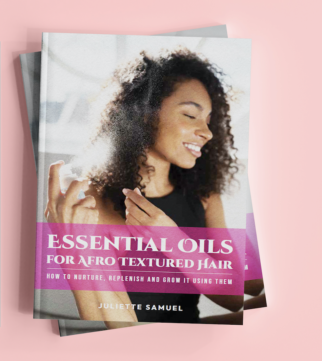Many women who are entering their middle years and going into menopause, or perimenopause as it’s called, are confused about the hype surrounding something called HRT. HRT is an acronym for Hormone Replacement Therapy, and it’s a therapy intended to treat or ease the annoying side effects of menopause by replacing the lost hormones, i.e. estrogen and progesterone, and occasionally even, testosterone. Confused yet? Good. But keep reading, anyway, it will get better… hopefully.
A lot of the confusion has to do with the usage of words such as “Natural,” “Synthetic” and “Bioidentical.” We all think we know the meaning of natural and synthetic – natural is good, synthetic is bad and bioidentical just sounds scary.
“Natural” hormones are created within a biological organism, be it human, animal or plant matter. To be considered “natural,” a hormone must share the same characteristics as its real-body counterpart, in terms of its make-up, shape and structure. But bear this in mind; a popularly prescribed hormone called “Premarin” is a natural estrogen hormone, because it’s made from a biological organism. Unfortunately, that organism happens to be a horse. Now, it’s been quite a while since Biology 101 class, but I don’t recall that humans and equines share any biological qualities that are interchangeable.
“Bioidentical” hormones are made entirely in the lab, but they are identical or a clone to the hormones you produce naturally in your body, and they do the same thing. Now, the compounds could come from any source, but the bottom line is, when they enter your body, they do exactly what your body would have done, no more and no less.
A “synthetic” hormone in produced or made in the laboratory by means of a process known as synthesis. But, just because a hormone is synthetic doesn’t mean that it’s bad, provided that it does exactly what it’s supposed to do, in the same way that the body does it. Because it does exactly what it’s supposed to, it’s actually quite “natural.”
The real concern is the clever advertising directing you to choose one hormone over another. “Natural” implies better for you than “synthetic” or “bioidentical,” but that may not be the case.
Be Healthy, Be Beautiful
Juliette Samuel, Esthetician/CEO NYRAJU Skin Care
‘Your Skin Care Expert For Women of Color’ www.nyrajuskincare.com




 Facebook
Facebook Twitter
Twitter Delicious
Delicious Digg
Digg Myspace
Myspace StumbleUpon
StumbleUpon Youtube
Youtube